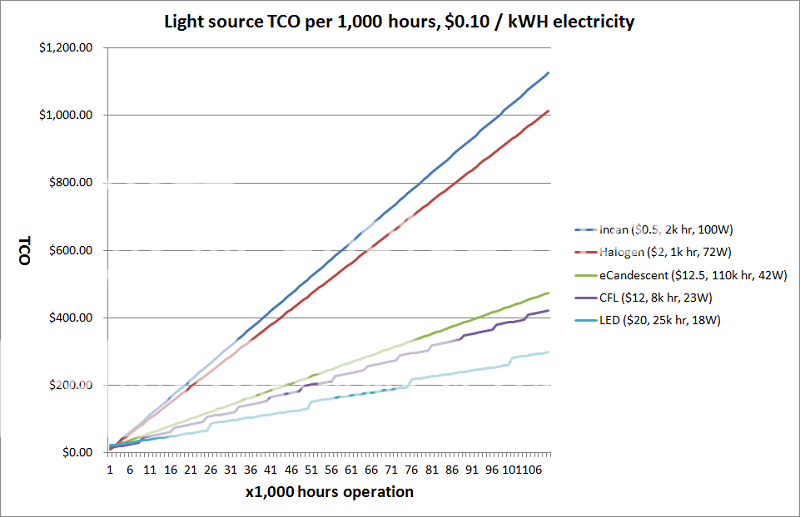oldwesty4ever
Newly Enlightened
- Joined
- May 24, 2010
- Messages
- 110
In an era where the major lamp makers and pure LED players are totally invested in LED replacements for incandescent, CFL and halogen general service lamps, some just refuse to give up improving the incandescent/halogen lamp. The news was announced yesterday:
http://ecandescent.com
https://www.kickstarter.com/projects/611933709/ecandescent-the-last-bulb-youll-ever-need
Looks like the same basic technology used in my 2 pack of Vybrant 50w 1600 lumen bulbs, but with an additional diode inserted onto the bottom contact of the base.
I have my opinions but i would like to hear from your arguments first.
http://ecandescent.com
https://www.kickstarter.com/projects/611933709/ecandescent-the-last-bulb-youll-ever-need
Looks like the same basic technology used in my 2 pack of Vybrant 50w 1600 lumen bulbs, but with an additional diode inserted onto the bottom contact of the base.
I have my opinions but i would like to hear from your arguments first.



